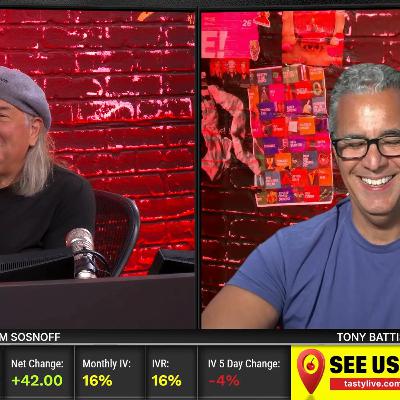When Daily Ranges Drop 15-30 Percent: How to Adapt
Update: 2025-08-26
Description
Daily ranges have contracted 15-33% across major markets since August, compared to January-August 2022 averages. The S&P 500 saw ranges shrink from 96 to 64 points (33% reduction), while Nasdaq ranges dropped from 434 to 316 points (27% decrease).
As volatility declines, traders should adjust position sizing proportionally—reducing exposure by similar percentages as range contraction. For example, trading at two-thirds normal size in S&P positions when ranges are down 33%.
Markets traded in tight ranges during the session, with S&P futures up 5.5 points, Nasdaq up 44, and Russell up 19. Bond markets continued weakness, signaling potential removal of rate cut expectations.
Smaller price moves require tighter trade management and smarter product selection. Currency markets have contracted less than equity indices, potentially offering better trading opportunities for those seeking volatility.
As volatility declines, traders should adjust position sizing proportionally—reducing exposure by similar percentages as range contraction. For example, trading at two-thirds normal size in S&P positions when ranges are down 33%.
Markets traded in tight ranges during the session, with S&P futures up 5.5 points, Nasdaq up 44, and Russell up 19. Bond markets continued weakness, signaling potential removal of rate cut expectations.
Smaller price moves require tighter trade management and smarter product selection. Currency markets have contracted less than equity indices, potentially offering better trading opportunities for those seeking volatility.
Comments
In Channel
























